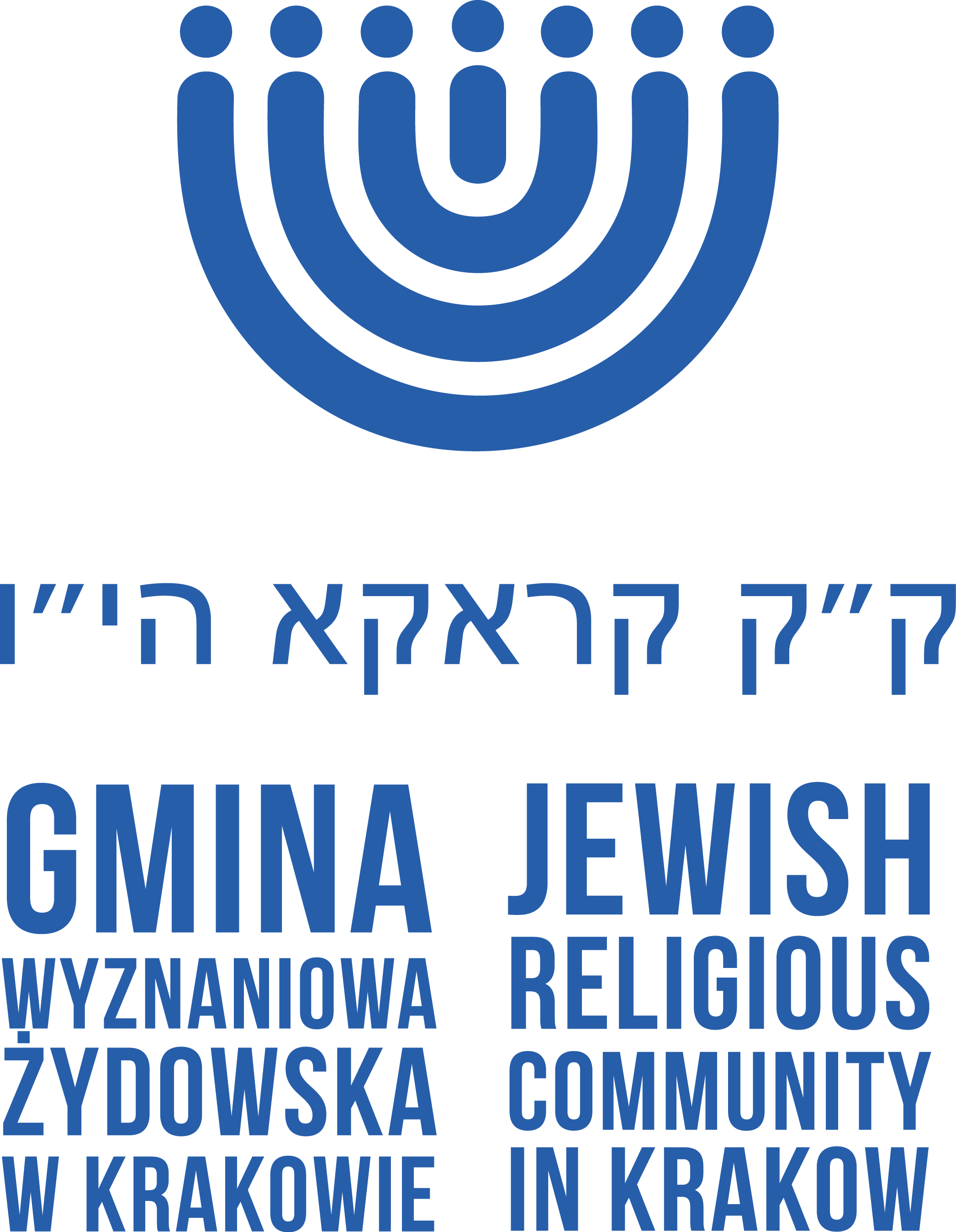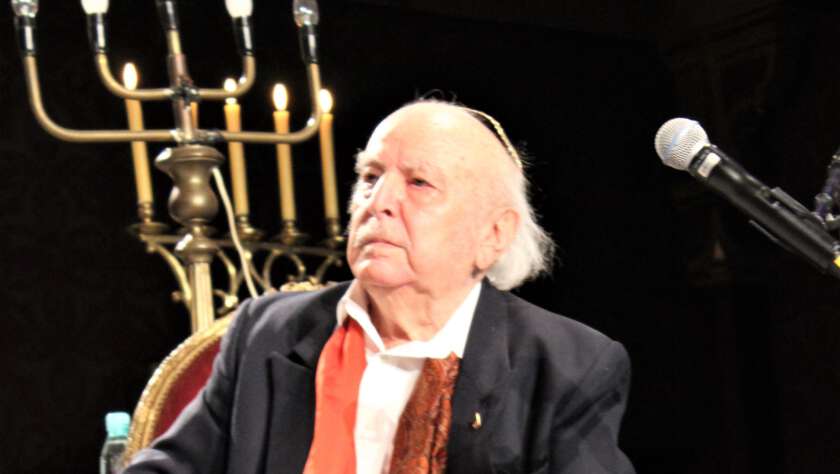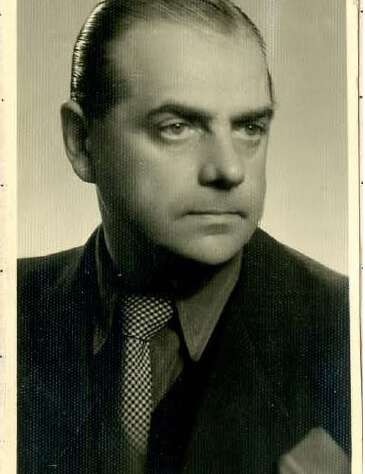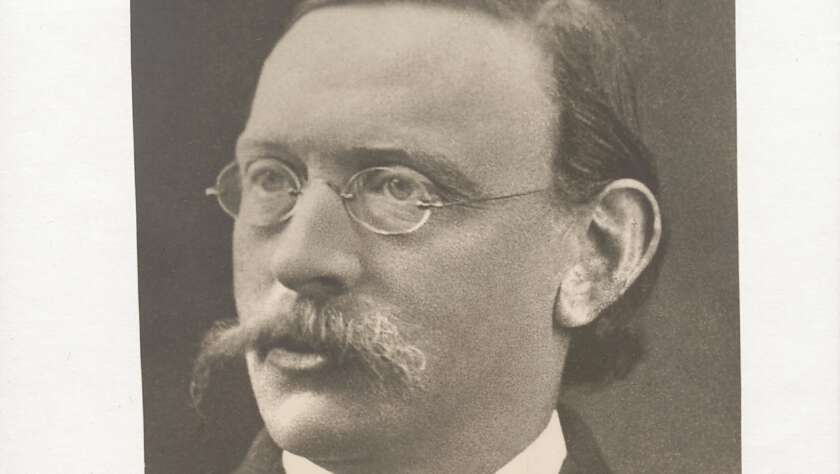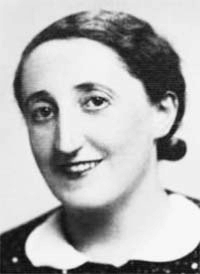Born on 26th November 1918 in Przemyślany, maestro Leopold Kozłowski-Kleinman, son of Herman; was a pianist, composer and a conductor. From 1968 he ran the Folk Song and Dance Group of the Krakow and Warsaw Military District. A graduate of the Lviv Conservatory in the grand piano and Conducting at the State Higher School of Music. The last representative of the pre-war klezmers in Poland, often referred to as The Last Klezmer of Galicia. For several years, Leopold Kozłowski was a vice-Chairman and an honorary Chairman of the Jewish Religious Community in Krakow as well as the honorary citizen of the city of Krakow. He was a devoted musician who was active until his last days. Fully devoted to the Jewish community in Krakow, then became its…
The pogrom of the Lviv Jews started on 22nd November 1918 at 5:30 a.m. in Lviv. Upon an informal approval of the city of Lviv commander, Captain Czesław Mączyński, the Polish army started the massacre at Bóżnicza street which was located in the middle of the Jewish district. The pogrom finished at 8 a.m. on 24th November 1918. According to the report issued by he representatives of the Ministry of Foreign Affairs, the operation resulted in the murder of 150 Jews, burning down of 50 two and three-storey Jewish-owned houses while approximately 500 Jewish shops were fully robbed. The total number of Jewish families affected by murders, robberies and thefts came to 7,000, according to a report by dr Leon Chrzanowski and Józef Wasserzug. The direct cause…
Born on 21st November 1908 in Sambor, Tadeusz Pankiewicz graduated from the IVth High School in Krakow as well from the Faculty of Pharmaceutics at the Jagiellonian University. A widely-known owner of ”Apteka pod Orłem” (Under the Eagle Pharmacy) which is currently a part of the Historical Museum of Krakow. Having granted the occupant authorities’ permission, between 1941-1943, Pankiewicz ran a pharmacy in the ghetto. The pharmacy served as an asylum, a meeting point but most importantly, a place which offered help and storage of various items. In 1983, he was distinguished with the Righteous Among the World Nations medal for all his help that he offered to Jewish people in the Krakow ghetto. Tadeusz Pankiewicz died on 5th November 1993. He was laid to rest at…
On 10th November 1643, Krakow witnessed a visit of rabbi Jomtobh Lipmann Heller (1579-1654) who came to the city to take the position of the rabbi of Krakow as well the vice-chancellor of the Krakow yeshiva. Heller was an exceptional Talmudist and the author of religious literature and numerous works in the fields of kabbalah, philosophy, maths and astronomy. He was born in Wallerstein and according to Majer Bałaban, Jomtobh Lipmann was a far cry from regular Polish Jews. He was balanced, versatile and was not keen on pilpul. Before coming to Krakow, Jomtobh Lipmann Heller was a rabbi in the Czech Republic (Mikulov, Moravia), Austria (Vienna) and Poland (Niemirowo and Włodzimierz Wołyński). For 28 years he held the position of a dayan in Prague. He faced…
Antoni Rosner , son of Dawid, was born on 9th November 1831. Coming from a family of Tarnow Jews, Rosner was one of the pioneers in Polish dermatology and an outstanding educator. Raised by his parents in a true Jewish spirit, both in terms of respecting the tradition as well as patriotism and honouring the homeland. Rosner finished medical studies in Vienna where he also obtained his PhD title. The habilitation which he obtained in 1862 was the first one in dermatology and venereology in the history of the Jagiellonian University. He was then appointed the Associate Professor of dermatology at the Jagiellonian University only to be awarded full professorship in 1849. He was one of the last doctors who worked at the historical Holy Spirit Hospital.…
Born on 6th November 1902 in Drohobycz, Diana Reiter was one of the first female architects in Krakow who graduated from the Faculty of Architecture at the Lviv University of Technology. Member of the Local Architects Association in Krakow and the Association of Jewish Engineers. The buildings designed by Reiter in Krakow include two tenement houses located at Beliny-Prażmowskiego 26 and Pawlikowskiego 16. She worked at Kazimierz Kulczyński’s design office from August 1940. Diana Reiter was murdered in August 1943 at the Płaszów upon the order of Amon Goeth. Her tragic death was immortalised in memories of the survivors as well as in a film entitled Schindler’s List. Schindler’s List – Forced Labor Camp Construction Scene
